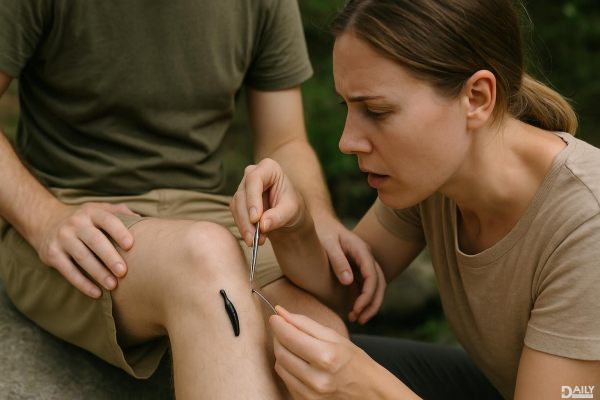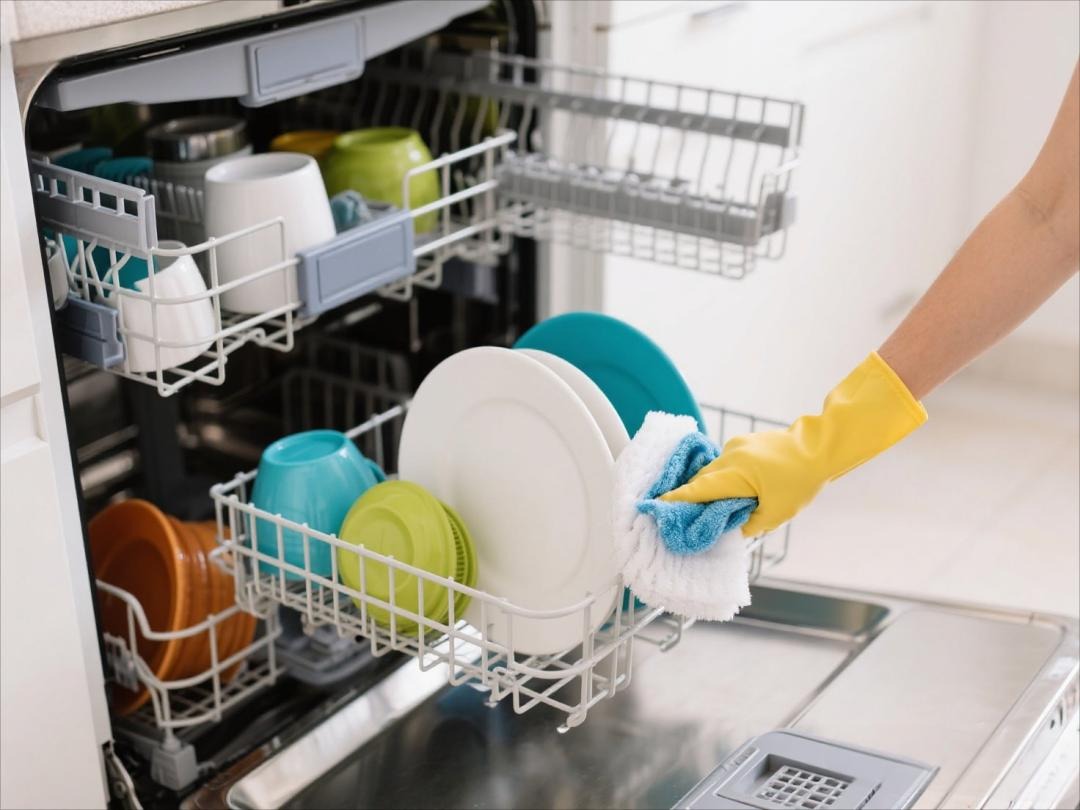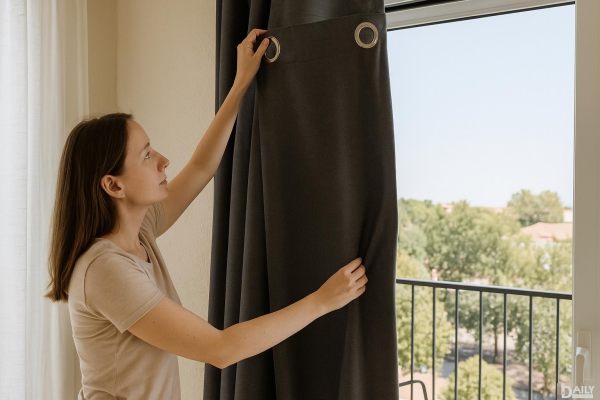So, you’ve found yourself with a leech hanging on for dear life? First off, don’t freak out—it’s not the end of the world. Leeches might look creepy, but they’re generally harmless and easy to remove if you know what you’re doing. The key is to stay calm, avoid yanking it off, and follow a few simple steps to get rid of it safely. Let’s break it down so you can handle this situation like a pro.

Leeches are blood-sucking critters that thrive in moist environments like lakes, rivers, and even damp forests. They’re attracted to warmth, movement, and the carbon dioxide you exhale, which is why they often latch onto humans. While the idea of a leech feeding on your blood might make your skin crawl, they’re not out to harm you. In fact, leeches have been used in medical treatments for centuries because of their ability to improve blood flow. Still, that doesn’t mean you want one hanging around longer than necessary.
First things first: don’t pull it off! Yanking a leech can cause its mouthparts to break off and stay in your skin, which can lead to infection. Instead, use a flat, blunt object like a credit card or your fingernail to gently slide under the leech’s mouth and break the suction. Once it’s loose, flick it away from your skin. If you’re squeamish, you can also use a bit of salt or heat (like a lit match held near the leech) to encourage it to detach on its own. Just be careful not to burn yourself in the process.
After you’ve removed the leech, clean the area thoroughly with soap and water to prevent infection. You might notice some bleeding—that’s normal because leeches secrete an anticoagulant to keep the blood flowing while they feed. Apply a bandage if needed, and keep an eye on the area for signs of redness, swelling, or infection. If you notice anything unusual, it’s a good idea to check in with a healthcare provider.
If you’re planning to spend time in leech-prone areas, there are a few things you can do to minimize your chances of becoming a leech’s next meal. Wear long sleeves, pants, and closed-toe shoes to cover as much skin as possible. Tucking your pants into your socks might not be the most fashionable look, but it’s a solid defense against leeches. You can also use insect repellent containing DEET on your clothes and exposed skin. And when you’re done exploring, do a quick check of your body to make sure no hitchhikers came along for the ride.
While most leech encounters are harmless, there are a few situations where you might need to see a doctor. If the leech was in a sensitive area like your eye, nose, or mouth, or if you’re having trouble removing it, it’s best to get professional help. Similarly, if the bite site becomes infected or you develop symptoms like fever or fatigue, don’t hesitate to seek medical advice. Better safe than sorry!
Leeches might be a bit gross, but they’re not the monsters they’re often made out to be. With the right approach, you can remove them safely and get back to enjoying your outdoor adventures. So next time you find yourself with an unexpected guest, remember these tips and handle it like a boss. You’ve got this!
























